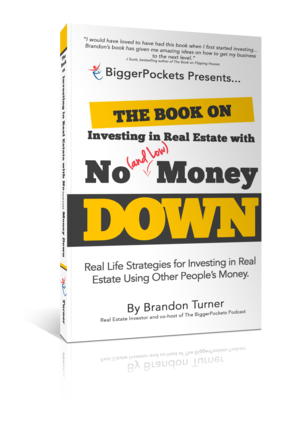But you do not have to pay PMI permanently. More on that later PMI can be a pretty huge expenditure, with the typical annual PMI premium varying from. 55 percent to 2. 25 percent of the initial loan amount annually. Your credit history and loan-to-value ratio will affect your PMI premium. For instance, if you buy a house for $200,000 and your PMI is one percent, you will pay $2,000 a year, or about $166 a month (How to find a real estate agent). The bright side is that you go away timeshare can ask the loan provider to cancel your PMI once you have actually paid for the mortgage balance to 80 percent of the house's initial appraised worth.

If you have an FHA loan, you will require to pay for your home mortgage to 78 percent of your initial list prices. Even if gratitude has actually pushed your equity up, you will require to reduce your original principal balance. Typically, a lot of loan providers need PMI when it concerns traditional loans with a deposit less than 20 percent. Like anything else, though, there are exceptions to the rule. You'll need to do your research if you desire to forgo paying PMI. Some banks out there deal low down-payment, PMI-free conventional loans. These suppliers will waive PMI for customers with less than 20 percent down, but you'll pay a greater rate of interest. No, not the body appendage. While fixed-rate home https://www.timesharestopper.com/blog/how-do-i-cancel-a-timeshare/ mortgages have the very same rate of interest and month-to-month payment for the life of the loan, the rates of interest and month-to-month payments on an ARM change (hence the word "adjustable"). ARM rate of interest are typically repaired for a duration between three and 10 years before they change. The new payment is determined utilizing a rate based upon an underlying index like LIBOR (not an essential acronym for house buying, however it means "London Interbank Offered Rate") or the CMT (Continuous Maturity Treasury) plus a margin. Understanding how your rate can change and how this can increase your payment is very essential.
The firm imposes guidelines like Know Prior to You Owe, which provide customers more openness in the home loan process and knowledge about what they can afford. This ratio is the percentage of your income that approaches paying regular monthly bills. Lenders generally require DTIs listed below a specified percent for you to certify for specific loan items. These loans were developed during the Great Anxiety during the 1930s and essentially make buying a home more available by supplying home mortgage help and letting borrowers receive a loan with a deposit of simply 3. 5% (rather of the recommended 20% down payment).
These are regular monthly payments of simply interest. Specific home loans enable these lower payments for a specific period. These loans work best for consumers who expect a significant bump in income or plan to refinance or move prior to the end of the interest-only term. Not to be puzzled with smoked salmon, generally consumed with cream cheese and bagels. These are brief letters provided to a lender that discuss changes in earnings, defend late payments, or summarize your rental history. They can help you receive your home loan. This ratio is determined by dividing the loan amount by the home's purchase rate.
Lenders have special programs for debtors who put down less than 20%. Not a sound a robot makes, however rather a cost that's funded as part of the loan and charged by the government for FHA loans. This special program allows novice purchasers to put down less than 20% on their purchase. These payments are the quantity due on a monthly basis on your mortgage. Not a sad celebration, but rather your overall month-to-month housing expenditure, which includes the P&I payment due on your home mortgage and the taxes and insurance on your home. PMI is an additional cost you pay when your deposit is less than 20%.
The 8-Second Trick For How To Get Your Real Estate License

Should satisfy specific requirements specified by the Dodd-Frank Wall Street Reform and Consumer Security Act, such as loan quantity, interest rate, and underwriting, so they can be acquired by a government-sponsored entity. Not the cousin of a Vespa scooter. More like a map, because it needs that you get particular disclosures about closing expenses and settlement procedures at certain times during the home loan procedure. Proof of your income in the type of W-2s, pay stubs, or earnings tax returns. Termites. Enough said. And if you ever find yourself sounding out acronyms while attempting to follow along with your lending institution, follow this sensible advice from Eric Gotsch: "Asking will never ever be a stupid concern, especially during something as essential as the home-buying process.".
If you wish to prevent PMI, you have two choices: come to the table with a 20% deposit or see if you can have the lending institution pay for the PMI. Here's how to achieve either. A deposit is a needed lump-sum payment you make at near to acquire a house - How to get real estate license. The quantity you pay is a percentage of the house's value and assists contribute to the equity you have in the home from the get-go and reduces the amount you obtain. A lot of loans do not require a 20% down payment. However, having one will eliminate the PMI and might reduce your month-to-month payment even more given that it'll likewise lower your primary balance.